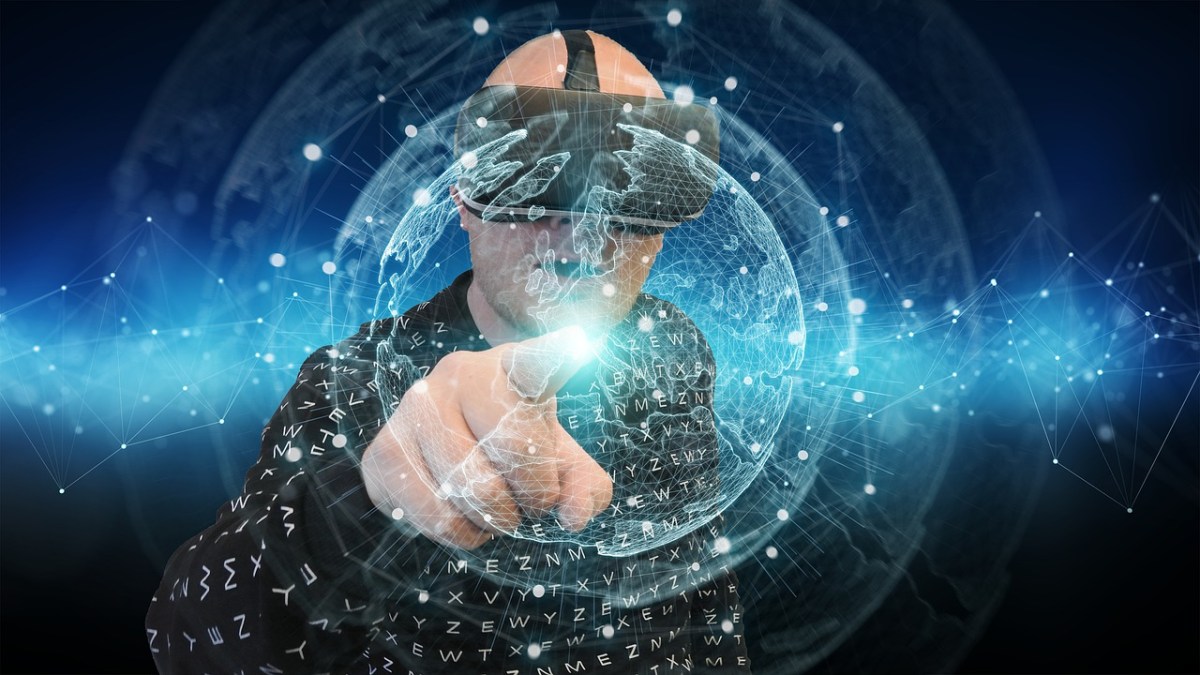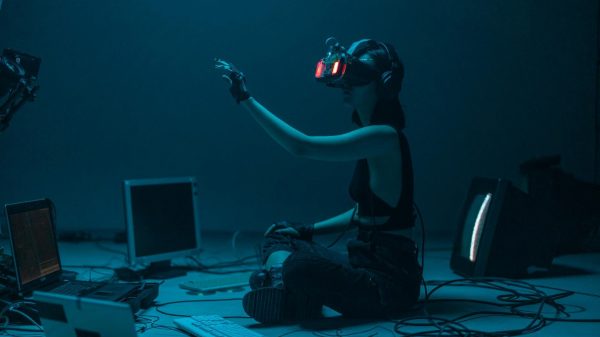The metaverse is one of the great advances in technology, a virtual world where different digital innovations are integrated to offer a novel experience to the user. Although still in its infancy, some technology companies are already investing heavily in this environment.
This new digital space has enormous potential, but there are still many questions to be answered, especially in the area of digital security. With the creation of an alternative reality come new risks and challenges around digital identity, forcing developers to ensure security for users.
The concept of digital identity is already present, it is all the information that exists on the internet about each user and is built through their movements on the internet, i.e. the use of social networks, participation in forums, purchases in online shops, etc., create a digital reputation. This, applied to the metaverse, translates into all the procedures that are carried out by the avatar. An avatar is the representation that each user has created to participate in the virtual world and therefore also has a privacy to protect, like image rights and privacy in the physical world.
Risks of digital identity in the metaverse
Among the main risks of this new virtual environment are identity theft and hijacking of user accounts. This criminal act can result in the loss of personal information, and subsequent cyber-extortion with the aim of recovering it.
Experts also foresee future thefts of cryptocurrencies or virtual currencies from accounts linked to a megaverse profile, as well as the duplication of avatars to commit fraud or crimes disguised as fake identities.
Users could be victims of identity theft. Beyond mimicking digital identity through the appearance of avatars, it is possible to mimic voice. There is already some software created from Artificial Intelligence, which has managed to clone short audios, something similar to the use of Deepfakes. Therefore, these developments indicate that it will not be very difficult to impersonate another user in the metaverse.
The digital multiverse can also generate a sense of anonymity, as there is no record of communications. This environment, together with phishing and account theft, facilitates sensitive interactions for the radicalisation of users and subsequent joining of criminal organisations.
How to protect identity in the metaverse
Nowadays, controlling the digital footprint is a very complex task. With the advent of the metaverse, this difficulty is even greater, as multiple devices are used to collect large amounts of data. In this virtual space, body movements, brain waves and physiological responses can also be monitored, allowing users to interact and generate more data that can be used for various tasks, such as improving the user experience.
One of the main possibilities and solutions put forward to protect digital identity and avoid the risks involved is the so-called sovereign digital identity. This concept is based on Blockchain technology, and allows users to interact in these environments while being aware of what data is shared and with whom it is shared. With this system, users can identify themselves securely, without having to share too much information. In this way, they get guarantees of privacy and security.
Another way to protect digital identity in the metaverse is the comprehensive design of acceptance programmes. Thus, the user has the real possibility to accept or not all the processing of his or her data. This would prevent the collection and manipulation of data without consent.
Why is it important to maintain privacy?
The metaverse is a decentralised environment, making it difficult to enforce protection and prevention laws. Therefore, institutions should establish accountability and responsibility for the processing of data and its derivatives. It is therefore clear that data protection and digital privacy is a legal challenge that governments and national and international regulatory bodies need to start discussing, anticipating and addressing.
As this virtual environment develops, it may be necessary to develop new ways of seeking users’ consent and informing them of the risks to their privacy. Here, too, companies have much to contribute by developing a set of best practices to protect users.
The multiverse also raises challenges linked to the protection of privacy, the right to honour and intellectual property. For this reason, it is advisable to elaborate legal boundaries, using as a basis those rights that are already established in the physical environment and that can be transferred to the virtual space. This is already in force and regulated in social networks, thanks to the European Union’s Digital Services and Digital Markets Act. Not forgetting that with the development of these technologies there will come a time when new regulations will also be needed in the area of mental privacy,i.e. the protection of one’s thoughts and feelings, and neuro-rights, a binding issue in the face of personal digital identity.









